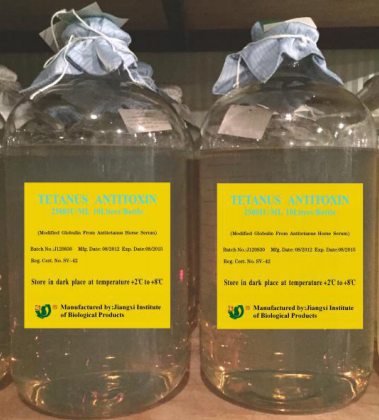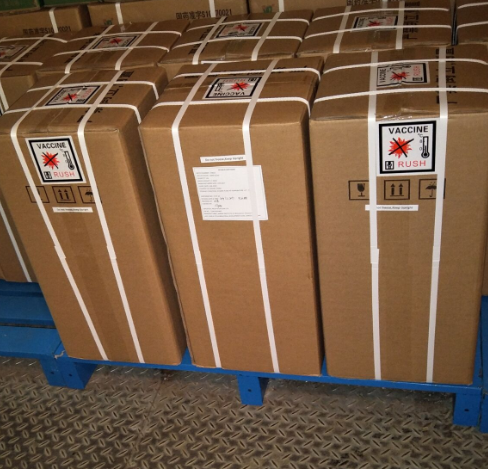1. Timely sowing and cultivating strong seedlings should be based on local climate conditions to arrange the sowing period and strive to set fruit before the rainy season. Usually sowed in late February - mid-March, with insulation seedbed and nutrition sports seedlings, seed use amount of about 100g per mu. Before sowing, the seeds were immersed in hot water at about 70 degrees to allow them to naturally cool. The seeds were soaked for 1 hour and then germinated at 25-30 degrees. After the seeds germinate, the germination bed should be checked regularly and the sprouted seeds should be sowed out and sown in the prepared nutrient bowl. Seedling period to do a good job of cold insulation work, the encounter cold wave to be heated in the seedbed landline or incandescent lamp, the principle of humidity control is see dry see wet, 10 days before planting to hardening seedlings.
2. Segregation In order to maintain the purity of the varieties, segregation should be maintained between different species. It is generally required that no other melon varieties or zucchini be produced within a range of more than 500 m around the seed production field.
3, site-planting bogey continuum, should choose more than 2 years without the type of melon land, requiring high terrain, loose soil, fertile, convenient irrigation and drainage, rain ditch dry. General opening by 4.5m, car ditch depth 0.2m, ditch 0.5m land preparation, box shape was turtle back, car surface smooth, soil block fine. Car length 30m, open waist groove, waist ditch depth 0.3m, Waigou 0.35m deep. The sides of the tank were applied with base fertilizer at a distance of about 0.35m from the ditch, and 3000kg of manure and 60kg of compound fertilizer were applied per acre, and finally a planting line was made with a 1m wide plastic film. In the middle of April, melon seedlings were planted when they were two or three true leaves, with a spacing of 0.45m and 600 per acre.
4. Field management 1) After water and fertilizer management is planted and survived, use 2-3 pieces of real leaves to raise seedlings with clear water. Apply mulberry fertilizer to the surface of each plant and apply 15 kg of urea per acre and 30 kg of compound fertilizer. , Note that this fertilizer can not be applied during fruit setting. After fruiting, the weight of 500g or so should be topdressing watering in time, applying 20kg urea per acre. Pay attention to anti-spotting on rainy days, when high-temperature and dry melon leaves snoring, irrigate “running water†every 5-7 days. 2) After the whole vines are inverted, whole vines must be grown. After the fruit is set on the main cranberry leaves a stout side vine, set the rear side of the vine to allow its growth, when the vine is 0.5m in length, the vine is to be pressed once. At the same time, the vines in two lines in the same room are crawling relative to each other so that the vines do not cross each other neatly. When the seedlings are taken, they usually take two vines and one melon, and it is best to use the main vines for the first 2-4 female flowers. If the nutritional conditions are good, it can be obtained by keeping one more fruit on the side vines. 3) Auxiliary pollination To improve fruit set and seed yield, assisted pollination during flowering. The melon flowers are in full bloom around 7 am, at which time the newly opened male flowers are collected, and the pollen is picked up with a brush, etc., or the male flower is directly given to the female stylar head. The artificial pollination work should be completed before 10:00; Put bees at the flowering stage to allow the bees to conduct pollination. 4) Protect the melons after they are stable and use the grass bottom to prevent rotten melons; high-temperature and strong daily illumination should cover the melons on the melons to avoid sunburn, and do a good job of pest control.
5, seedlings selection of melon seedlings selected in two steps, generally the first young fruit weight of about 500g, select the typical characteristics of the varieties, robust plants as retained seed strains, sterile strains, strains and diseased plants in a timely manner except. When harvesting old ripe melons, make another selection. Cantonese blue gourd is generally mature about 40 days after fruiting. During the production process, the open female flowers should be marked when 50%-60% of the phytosei female flowers are open. After 40 days from the time of marking, the batch of melons will be harvested according to their maturity level. Harvest the leaves before they are green and not wither. After the melons were harvested, they were placed in a cool, dry place and cooked for 15 days. After the seeds were ripe, the seeds were harvested.
6, take seeds, drying seeds and storage selected good weather seeds. When taking seeds, generally select the seeds with thick flesh and small cavities in the middle. After kneading and separating the seeds, rinse them with water and rinse the seeds until no mucus has dried. Iron containers should not be used during operation to prevent seed darkening. Seeds can not be directly exposed to the sun on the cement floor, it is best placed on bamboo, spread the thinner the better the thickness of the sun, the first day of the seed coat dried, but not exposure, to prevent excessive dehydration due to seed coat, cause seed coat Cracking. Do not piling up before they are fully sun dried. Seeds are fully dried and stored in a cool, dry place outside. Through several years of production practice, seed production according to this method, the average yield per acre of seed has been increased to 25 kg, and the maximum output has reached 40 kg.
We are a holding conglomerate focusing on building a sustainable business model that combines agricultrue, animal husbandry,medicine and health. It has built the first sustainable industry chain in China in which its agriculture and and animal farming parts support each other to maximize resource utilization, and both provide raw materials and inpetus for development in medicine, health and beauty production lines.


Active Pharmaceutical Ingredients (API)
Active Pharmaceutical Ingredients (API),Powder Active Pharmaceutical Ingredient,Intermediate Active Pharmaceutical Ingredient,Veterinary Active Pharmaceutical Ingredients
Jiangxi Institute of Biological Products Inc. , https://www.jxinstitute.com